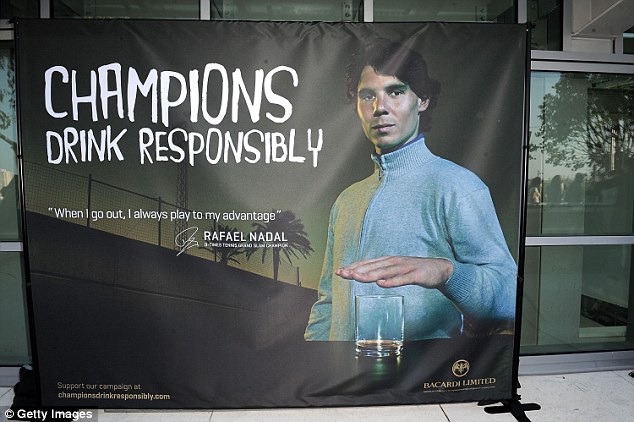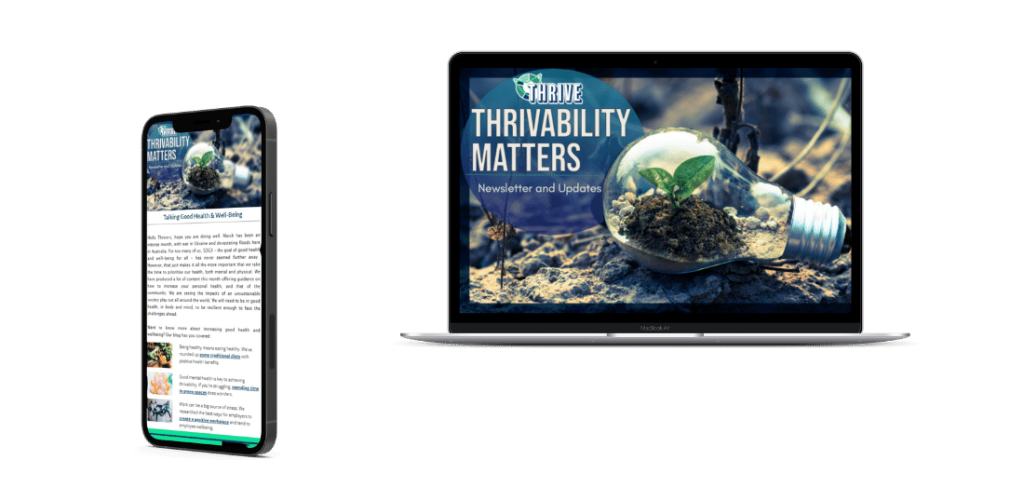Alcohol and tobacco consumption is an obstacle in achieving 13 out of the 16 Sustainable Development Goals (SDGs) (WHO, 2020).
Alcohol and tobacco-related deaths represent a shocking 5.3% of deaths worldwide every year, despite being a highly preventable cause (WHO, 2018). Effects, such as an increased chance of having mouth, throat, liver, and lung cancer, not to mention links with violence, are all well-documented (National Institute on Alcohol Abuse and Alcoholism, 2007). Yet, the global alcohol intake is still growing. In fact, the global average intake grew from 5.9 to 6.5 L of pure alcohol per person between 1990 and 2019 (Mathey et al., 2019).
To combat this, alcohol and tobacco companies have joined the train of socially-conscious businesses. This has been in the form of introducing corporate social responsibility (CSR) practices to reduce their negative impact on public health. However, doing this isn’t so straightforward.
CSR in Alcohol and Tobacco Industries
Corporate Social Responsibility (CSR) is a type of business management that incorporates social and environmental concerns into business operations and marketing.
CSR programs across alcohol and tobacco companies fall into common themes, which can be summarised by three practices (Yoon & Lam, 2013; Freeman et al., 2019):
- Using voluntary regulation within companies with the aim of reducing alcohol and tobacco’s impacts on society. For example, regulation of marketing strategies and mandatory education of the salespeople regarding alcohol and tobacco’s health effects.
- Corporate philanthropy for example, sponsorship of cultural events, development issues, and environmental programs.
- Responsible consumption programs and campaigns in, for example, awareness campaigns, responsible marketing, and youth smoking prevention programs.
On the surface, these all seem like good practices to encourage. However, digging deeper shows that CSR is primarily a way for alcohol and tobacco companies to market themselves within the health-conscious framework. In fact, they ultimately have little impact on decreasing alcohol and tobacco consumption (Yoon & Lam, 2013).
Voluntary Regulation
The problem with voluntary regulation is that it doesn’t work without transparency and third-party checks. Alcohol and tobacco companies have detailed policies that they claim to be using to regulate themselves. However, without accountability, this just becomes a disguise for business operations as usual, rather than a legitimate way of regulating alcohol and tobacco companies’ marketing strategies and behaviours (Palazzo & Richter, 2005).
Additionally, a review of alcohol corporation websites by Yoon & Lam (2013) finds that voluntary regulation is actually a tactic that protects corporations from anticipated government-enforced regulation on their marketing and advertising freedom.
Corporate Philanthropy
Many alcohol and tobacco companies also engage in philanthropy. However, this has also been accused of being driven by hidden motives.
For example, Yoon & Lam (2013) found that alcohol companies mainly engage in philanthropy through supporting development issues and sponsoring cultural events and arts. However, evidence shows that targets of this philanthropy tend to be emerging economies with large youth populations. This has economic benefits for alcohol corporations, helping them to enter the market in these countries. Furthermore, funding cultural and arts activities reinforces the connection between alcohol and culture. It is also a highly effective way of promoting alcohol brands.
Tobacco companies have also had their own controversies. For example, the British American Tobacco company offered to sponsor a university CSR research centre in 2000 and students at a medical school in London in 2002. As a result, many accused them of giving out “dirty money”. This was especially the case since the industry has a history of manipulating scientific research for their own favour (Palazzo & Richter, 2005). Therefore, their capacity to genuinely do good in this area is restricted.
Responsible Consumption Campaigns
This is mainly a strategy in the alcohol industry. Many global alcohol corporations, such as Gordon’s, Johnnie Walker, and Anheuser-Busch, actively engage in responsible consumption campaigns. Most have pages dedicated to responsible drinking on their website or include links to foundations, such as responsibility.org. Many also emphasise their focus on responsible consumption by using keywords, such as ‘responsible’ in their ad campaigns (see Fig 1 and 2).


Yoon and Lam (2013) argue that this is a trick to reframe responsibility in alcohol-related issues from being on corporations to being on individuals. Since its first use, the concept of ‘responsible drinking’ has been adopted by alcohol companies and is now used almost exclusively used by these companies rather than public health officials (Hessari & Petticrew, 2017). Framing drinking problems in this way shifts the problem from being with alcohol companies to being with the consumers. In this way, alcohol companies can argue that they are not the ones who should be regulated and are able to continue operating with the same amount of freedom.
Additionally, this has been criticised for disguising marketing strategies that actually promote drinking and smoking. Studies find that responsible drinking campaigns in the last few decades have done relatively little to impact consumer behaviour (Jones et al., 2017). One reason is that they are vague and confusing, while not specifying what ‘responsible’ consumption entails.
Can CSR be a Solution to High Alcohol and Tobacco Consumption?
The problem with corporate social responsibility strategies is that it cannot compete with the narratives that alcohol and tobacco companies have been putting out with regards to their products in the past century. In a TEDx talk (2013), Guido Palazzo describes this with the following example:
The tobacco company has crafted an image for tobacco that is classy and collected, a symbol of emancipation for women and a sign of wealth. Sustainability and other issues related to tobacco cannot challenge these values and beliefs because they don’t have a story as powerful as this. Thus, convincing people to give up tobacco is hard.
In the same way, CSR practices cannot be truly effective whilst alcohol and tobacco industries continue to influence their consumers’ values and beliefs about their products.
The Next Steps for Public Health
It seems that CSR may actually promote alcohol and tobacco products as a branding tool. Many have questioned whether it is even possible for the alcohol and tobacco industry to be responsible actors in this health crisis, when the nature of their product is so damaging for public health.
Instead, holding alcohol and tobacco companies accountable is the most logical step. Additionally, many effective policies exist for lessening the harm of alcohol and tobacco. These have been studied and proven to work. In particular, regulating the way alcohol and tobacco companies market their products commercially and regulating their physical availability are the most effective ways (Anderson et al., 2009). Governments should take heed of this.
You can learn more about the UN’s Sustainable Development Goals and health on the THRIVE blog.
References
WHO. (2018). Retrieved from https://www.who.int/news-room/fact-sheets/detail/alcohol
WHO. (2020). Retrieved from https://www.euro.who.int/en/health-topics/health-policy/sustainable-development-goals/publications/2017/fact-sheets-on-the-sustainable-development-goals-sdgs-health-targets/fact-sheet-on-the-sdgs-alcohol-consumption-and-sustainable-development-2020
Manthey, J., Shield, K., Rylett, M., et al. (2019). Global Alcohol Exposure Between 1990 and 2017 and Forecasts Until 2030: a Modelling Study. The Lancet. Retrieved from https://www.thelancet.com/journals/lancet/article/PIIS0140-6736(18)32744-2/fulltext. DOI: https://doi.org/10.1016/S0140-6736(18)32744-2
Yoon, S. & Lam, T-H. (2013). The Illusion of Righteousness: Corporate Social Repsonibility Practices of the Alcohol Industry. BMC Public Health 13, 630. DOI: https://doi.org/10.1186/1471-2458-13-630. Retrieved https://bmcpublichealth.biomedcentral.com/articles/10.1186/1471-2458-13-630
Freeman, B., Hagan, K. & Winstanley, M. (2019). 10.11 Corporate Responsibility and the Birth of Good Corporate Citizenship. In Scollo. Tobacco in Australia: Facts and Issues. Retrieved from https://www.tobaccoinaustralia.org.au/chapter-10-tobacco-industry/10-11-corporate-responsibility-and-the-birth-of-go
Hessari, N. & Petticrew, M. (2018). What Does the Alcohol Industry Mean By ‘Responsible Drinking’? A Comparative Analysis. Journal of Public Health 40(1), 90-97. DOI: https://doi.org/10.1093/pubmed/fdx040
National Institute on Alcohol Abuse and Alcoholism. (2007). Alcohol and Tobacco. Retrieved from https://pubs.niaaa.nih.gov/publications/aa71/aa71.htm
Palazzo, G. (2013). Responsible Consumption – The Soft Power of Story Telling. TEDxLausanne. Retrieved from https://www.youtube.com/watch?v=j7c9b9A2AHc
Palazzo, G. & Richter, U. (2005). CSR Business as Usual? The Case of the Tobacco Industry. Journal of Business Ethics 61, 387-401. DOI: 10.1007/s10551-005-7444-3
Anderson, P. Chisholm, D. & Fuhr, D. (2009). Effectiveness and cost-effectiveness of policies and programmes to reduce the harm caused by alcohol. Retrieved from https://www.who.int/choice/publications/p_2009_CE_Alcohol_Lancet.pdf


